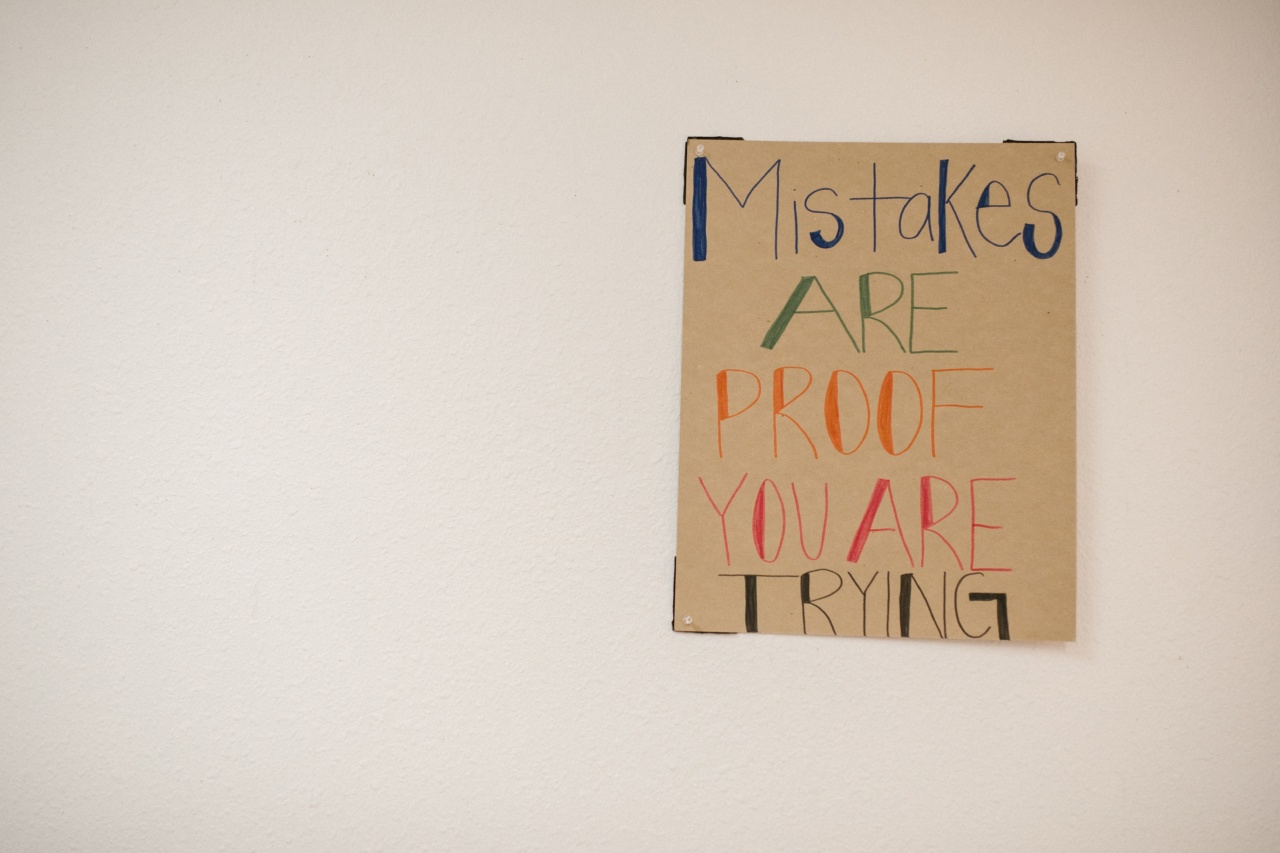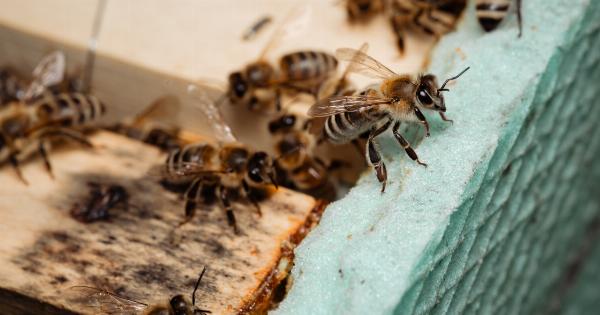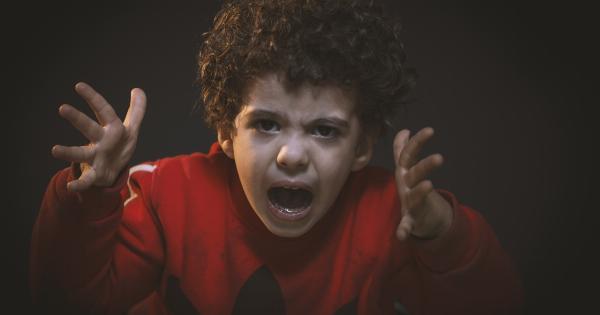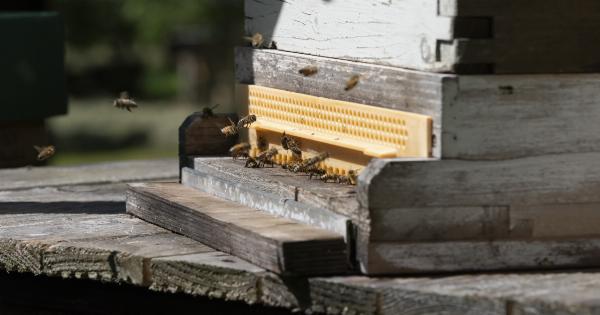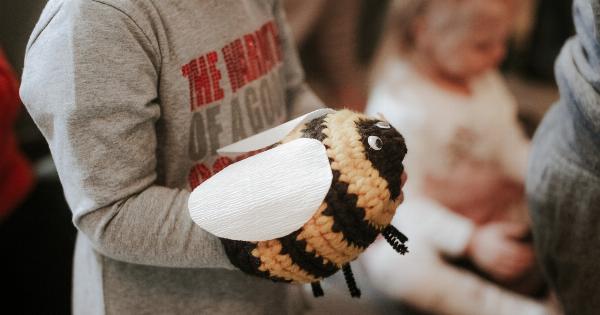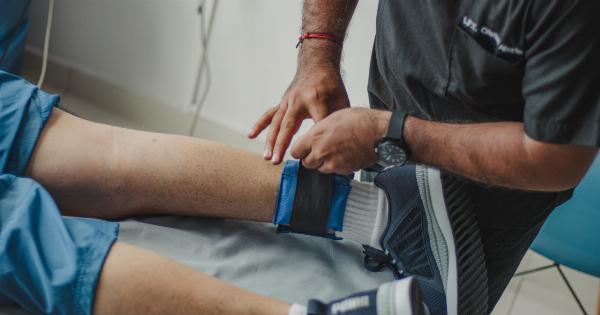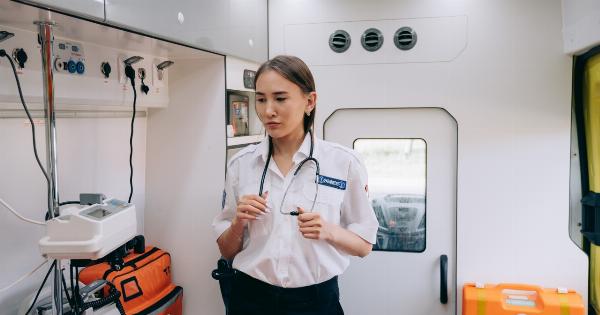Bee stings are one of the causes of pain and discomfort many children and parents have to experience frequently. While some children may not show any reaction at all, some may have severe allergic reactions that require urgent medical attention.
Therefore, if your child has been stung by a bee, react now, and seek medical attention if necessary.
Symptoms of a Bee Sting
The symptoms of a bee sting can vary depending on the child’s age and how severe the sting is. The following are some of the common symptoms of a bee sting;.
- Redness, swelling, and pain
- Itching and warmth around the sting area
- A raised welt or lump along with white fluid
- Mild-to-moderate reactions such as nausea, headache, and difficulty breathing
- Severe allergic reactions known as anaphylaxis include cardiac arrhythmias, shortness of breath, and swelling of the face, mouth, or tongue
First Aid for Bee Stings
If your child has been stung by a bee, the following steps will help to alleviate the pain and reduce the swelling.
- If the stinger is still present, remove it as soon as possible. Use a flat surface or a credit card to scrape the stinger out of the skin. Do not use tweezers to pull the stinger out, since doing so can push more venom into the body.
- Wash the affected area with soap and water.
- Apply a cold pack or a cloth wrung in cold water to the affected area. This can help to reduce the pain and prevent swelling.
- If your child is in pain, give them acetaminophen or ibuprofen with the recommended dose.
- Apply a topical cream such as hydrocortisone to the sting area to reduce itching and swelling. Also, Calamine lotion can be used to help reduce the swelling.
When to Seek Medical Attention
In most cases, bee stings do not require medical attention, and you can alleviate the symptoms at home. However, if your child has a severe allergic reaction to a bee sting or multiple sites of the sting, immediate medical attention is essential.
The following are warning signs that indicate your child needs medical attention.
- Swelling of the face, tongue, or mouth
- Difficulty breathing or swallowing
- Tightness in the chest, wheezing, or coughing
- Dizziness or fainting
- Rapid heartbeat
- Unconsciousness
If your child has any of these symptoms, seek medical attention immediately.
It is important to note the bees are not the only insects that can sting your child, and therefore, it is essential to know the signs and symptoms of allergic reactions to other stinging insects such as wasps, hornets, and fire ants.
Preventing Bee Stings
Prevention is key in bee sting management. Here are some preventive measures that you can take to protect your child from bee stings;.
- Avoid wearing perfume, scented lotion, or bright-colored clothing that may attract bees.
- Cover food and trash containers tightly when eating or drinking outside.
- If there is a beehive in your area, avoid disturbing it even if the bees appear docile. If you have to remove the beehive, hire a professional pest control service to do it for you.
- If your child has a history of severe allergic reactions to bee stings, always carry an EpiPen auto-injector with you wherever you go and teach them how to use it properly.
Conclusion
Bee stings are not entirely preventable, and they can happen even when you do everything possible to avoid them.
If your child gets stung by a bee, the most important thing to do is to react now and take the necessary steps to alleviate the symptoms, or seek medical attention if necessary. Always remember that prompt treatment can save a life.
